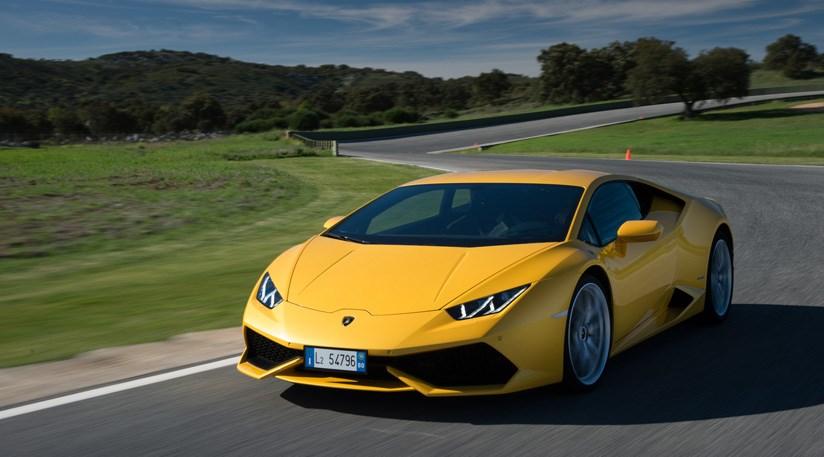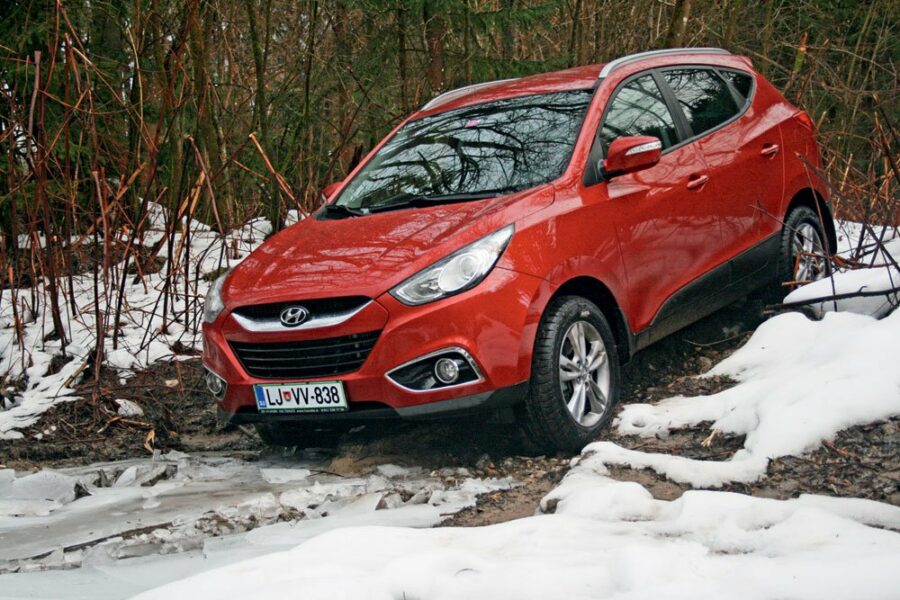
Lamborghini Huracan 2014 view
The Lamborghini Gallardo has been with us for so long that we thought it would never go away. Like its sister car, the Audi R8, it just went on and on. Finally, last year we saw a second clean car from the company, signed by incredibly stylish CEO Stefan Winkelmann. It's a low, mean, vicious and clean Lamborghini.
What happens when you put the Huracan on a track with fast, smooth corners, two seemingly endless straights, and a couple of tight, tight corners? Huracan, meet Sepang, home to the Malaysian Formula One race and a true test of the car's capabilities.
Value
The Huracan price starts at $428,000 and is not intended for those who buy multiple Telstra shares through their internet banking. Lamborghini doesn't have the audacity to charge extra for metallic paint, so it's a small mercy.
In addition to great performance, your hard-earned cash can buy 20-inch alloy wheels wrapped in exclusive Pirelli P-Zero L for Lamborghini tires, a six-speaker stereo system, climate control, Bluetooth and USB, central locking, full digital dashboard display, carbon-composite ceramic brakes, electric seats and windows, leather throughout, heated door mirrors and very comfortable, grippy seats.
As expected, the list of options stretches to the horizon, but the company will advise you if you try to make something that is considered tasteless. In this case, there are plenty of aftermarket companies that will gladly ruin your car.
Design
While the Gallardo was completely straight forward and, for Lambo, sensible, the Huracan takes its cues from the much less restrained Aventador. Fluxed-capacitor LED daytime running lights make it stand out on the road, and it's a car whose profile can be drawn with three strokes of a pencil.
Ordinary doors swing wide open and leave an opening large enough for even rather chubby owners to climb aboard. The interior is spacious, especially compared to the very cramped Aventador, although it's hard to say that there was a place for everything, because there is none. If you want to put your phone somewhere, leave it in your pocket.
The center console is deliciously crazy, with a fighter jet-style stop start switch cover and quite a few Audi-style buttons. These switches are just as fit for purpose - and appropriate - here as they are in smaller vehicles, so it's certainly not a complaint. Above the climate control box is a set of airplane-style toggle switches, and above it are three sub-dials.
The dashboard, however, is a thing of beauty. Highly customizable, you can decide whether the central dial is a large speedometer or tachometer, with the information rearranged to suit your needs.
The view from the front is expansive and uncluttered, and from the back you can actually see thanks to huge side mirrors and a larger-than-expected rear window. The rear view camera is conspicuous by its absence.
safety
Four airbags, ABS, electronic stabilization and traction control system, emergency braking assistance system, brake force distribution system. An ANCAP star rating is not available for obvious reasons.
Features
We didn't get a chance to try out the stereo, but it does have USB, Bluetooth, and an off button so you can enjoy the V10's soundtrack.
Engine / Transmission
The LP610-4 is powered by a 610-horsepower, 90-degree mid-mounted V10 engine that drives all four wheels through a seven-speed dual-clutch transmission.
Six hundred and ten horses equals 449 kW at an impressive 8250 rpm, and 560 Nm is available at 6500 rpm. Acceleration from 0 to 100 km/h takes 3.2 seconds, and 200 km/h is reached before the clock strikes ten seconds. With enough road, you will accelerate to 325 km / h.
Incredibly (in both senses of the word), Lamborghini claims 12.5 l/100 km in the combined fuel cycle test. We shudder at the thought of what he used on the track.
The speed, the lateral g-force, the pleasure of fast driving the Huracan is insanely addictive and breathtaking.
Driving
Sepang is located about 50 km from the Malaysian capital Kuala Lumpur. On the day we arrived, we were sharing the track with gentlemen (and single women) Super Trofeo drivers. It was thirty-five degrees, and the humidity was so close to 100 percent that it was not immersed in water.
The track is a terrifying mix of extra-long straights and fast corners, with two hairpins and a pair of tight ninety-degree turns to make sure every facet of the car's performance is tested.
Lift the lid, press the button, the V10 roars. Life-sustaining air conditioning helps dry sweaty palms, and the steering wheel shifter is set to the middle position - "Sport" - for rumble through the pit lane. Having passed the exit from the pit stop, the pedal touches the carpet, and we are released.
The short run into the first turn is too slow for the first time, because those carbon-ceramic brakes will stop the Shinkansen to death. Turn the handlebars and the nose goes with it, step on the gas pedal and the electronics let you drop your tail a little and give you enough rope to land on your feet. If you don't react properly, he will do his best to catch him for you.
Through the S and into the first straight, and the furious, relentless acceleration of the Huracan presses you into the seat. The dual clutch transmission has seven gears. Apply the brake again and feel the confidence of the pedal with the correct pressure. Previously, carbon brakes had no feel, but they are on par with the best steel brakes with incredible stopping power.
You step on the gas pedal again and the ribs break as the Huracan rushes towards the horizon.
Round and round we got faster and faster, the brakes never failed, the engine ran smoothly, the air conditioning worked flawlessly. Everything we asked Huracan, he did. Corsa mode makes you a hero by narrowing the Huracan's operating range, softening slips and curves to ensure that if you find the fastest line, you get the fastest time.
Get back to the sport and the side-action fun is back. The only time you'll ever know it was a four-wheel-drive car - short of a full standing start - is the long, long right-hand drive. Too fast and the front wheels protested, step on the gas and it looked like it would push wide - understeer at 170 mph is far preferable to oversteer for most of us - but keep your leg tight and give it a little more lockup and you you will stay in line while your insides try to break out, such is the grip.
The speed, the lateral g-force, the pleasure of fast driving the Huracan is insanely addictive and breathtaking. The car encourages you to go fast, the advanced electronics of the Intertia Platform (Ph.D. thesis topic) provides a framework that makes it ridiculously easy for mere mortals to drive incredibly fast.
A track like this is the right place for that. It's hard to imagine a better car for this without at least spending millions on a McLaren P1.
It was never going to be anything less than surrealistically brilliant. The Huracan impressed us with its practicality and forgiving nature, intense acceleration and braking. It has limits that you can find without scaring or killing yourself, leaving you to enjoy the feeling of a monstrously gifted chassis and a full-blooded V10.
The Huracan is the key to Lamborghini's DNA - many cubic inches, many cylinders, providing an emotional, overdrive experience. He is different from other supersport car manufacturers, and for that we should be grateful to him. All supercars could agree on one way of doing things, and that would be insanely boring. Both CEO Winkelmann and engineering specialist Maurizio Reggiani are adamant: until the rules stop, naturally aspirated V10s and V12s aren't going anywhere.
Huracan is what its name implies - fast-paced, brutal and awe inspiring.
